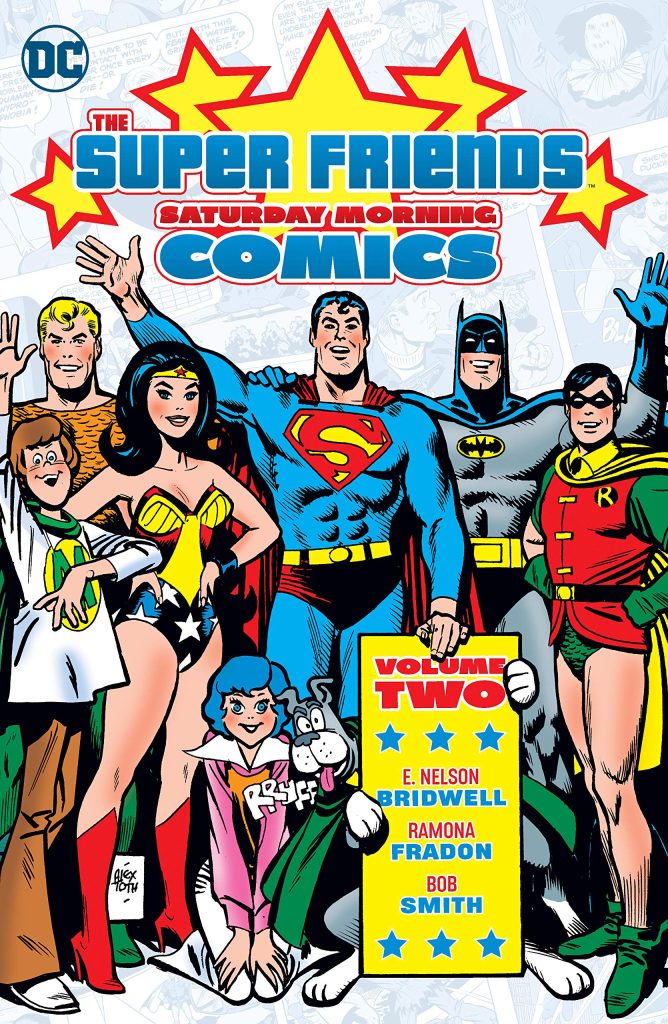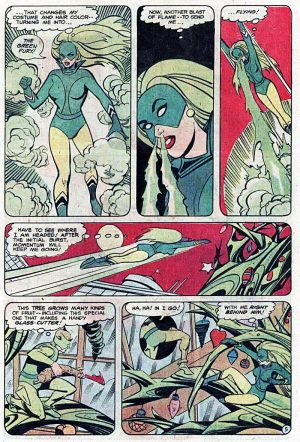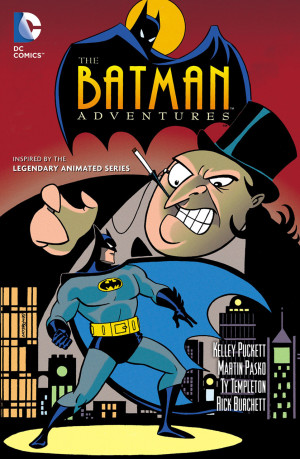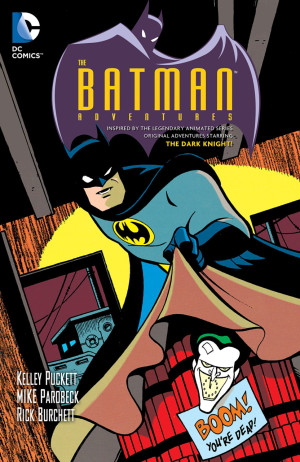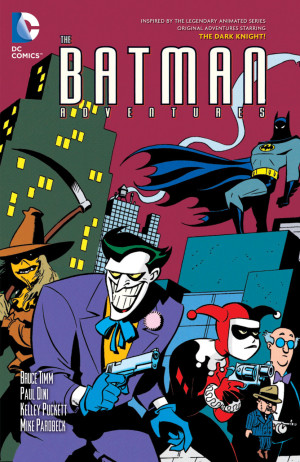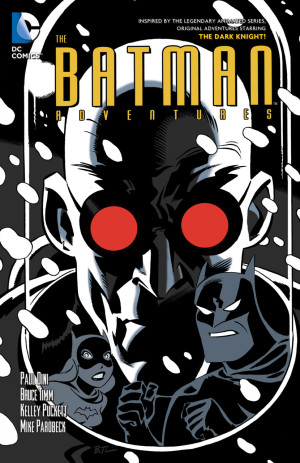Review by Win Wiacek
In an era when comics all-but dropped the idea of a younger audience, Super Friends proved a delightful exception. This was thanks to the canny craftsmanship and loving invention of primary scripter E. Nelson Bridwell, and trappings such as the junior characters, villains and the Hall of Justice are now key components of today’s overarching continuity.
As was the case for the majority of Volume One, the majority of Volume Two is by Bridwell and pencil artist Ramona Fradon, and covers late 1929 to mid-1981. He’s an ingenious and supremely witty writer, while she’s a pioneering artist who also started in the 1950s, graced with a uniquely smooth and accessible style. She became one of comics’ earliest acknowledged female artists and was a fan-favourite for generations. Neither considered working at the junior end of the market as in any way less important or prestigious than the auteur/adult drama sector just starting to manifest in the American industry. When Fradon takes a break, the impeccable Kurt Schaffenberger is the first choice replacement.
Bridwell inherited alien shapeshifters Zan and Jayna, the Wonder Twins, and their elastic-tailed space monkey Gleek from the TV show. Comics provided more room to extrapolate and far more consideration for the girl able to transform into animals and a boy who can become any form of water from steam to ice.
As before, Bridwell could populate the stories with any DC character his prodigious memory dredged up irrespective of their status at the time. Plastic Man makes a then rare appearance, and proves poplar enough to make several more, usually by Martin Pasko and Joe Staton, and a Halloween yarn is packed with guest stars. Etrigan the Demon, Solomon Grundy, Man-Bat, Swamp Thing and Jimmy “wolfboy” Olsen appear as mystic malcontent Felix Faust crashes a costume ball, trapping attendees in their outfits until Bruce Wayne hands over a certain magical gem. Bridwell can also team characters who’d never appear together in the more staid ‘official’ continuity, so super-primate Grodd allies with Giganta as they deploy their new tech to transform men into apes.
International heroes devised in Volume One grew in popularity and were eventually retrofitted into a team dubbed the Global Guardians. One notable tale is ‘The Seraph’s Day of Atonement’ as Bridwell relocates his Israeli holy warrior to a new Jewish settlement in disputed territory just in time to save it from bandits pretending to be Arab terrorists. When, in his righteous anger, he goes too far in punishing the evildoers, he faces divine consequences.
The series ends with a 25-page epic by Bridwell and Romeo Tanghal detailing the origin of Green Fury, a plane of animal spirits and ‘The Demons from the Green Hell!’ whose actions seek to unmake the world.
Times and tastes were changing and it would be years until superheroes – and not toy tie-ins – for kids were a viable option again: when once again TV led that march with breakthrough adaptations of Batman, Superman and Justice League animated series.
Sublimely resplendent in rich flavours and simple joys, this concluding compendium is superbly entertaining, masterfully crafted and utterly engaging. It offers stories to delight children and adults in equal proportion.
